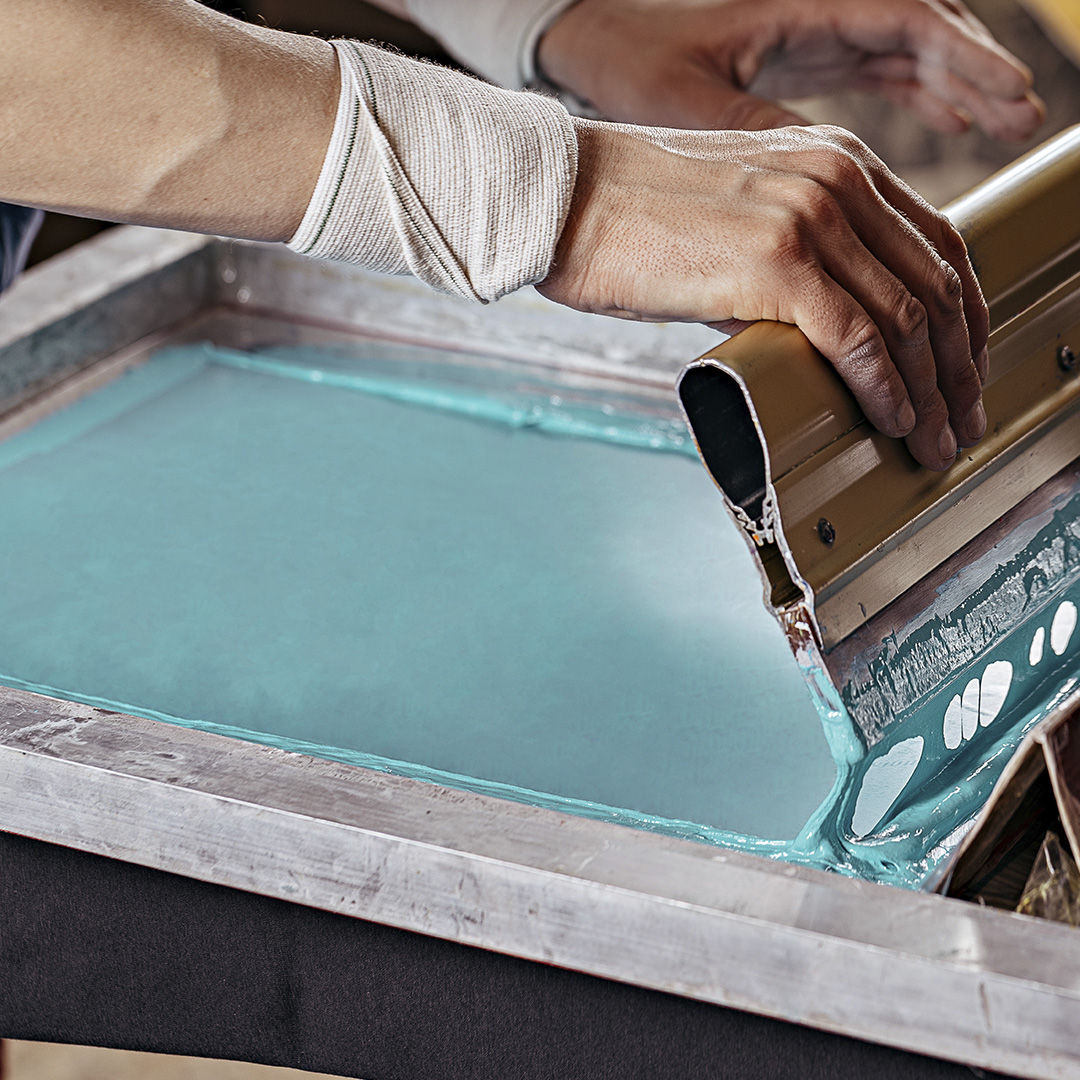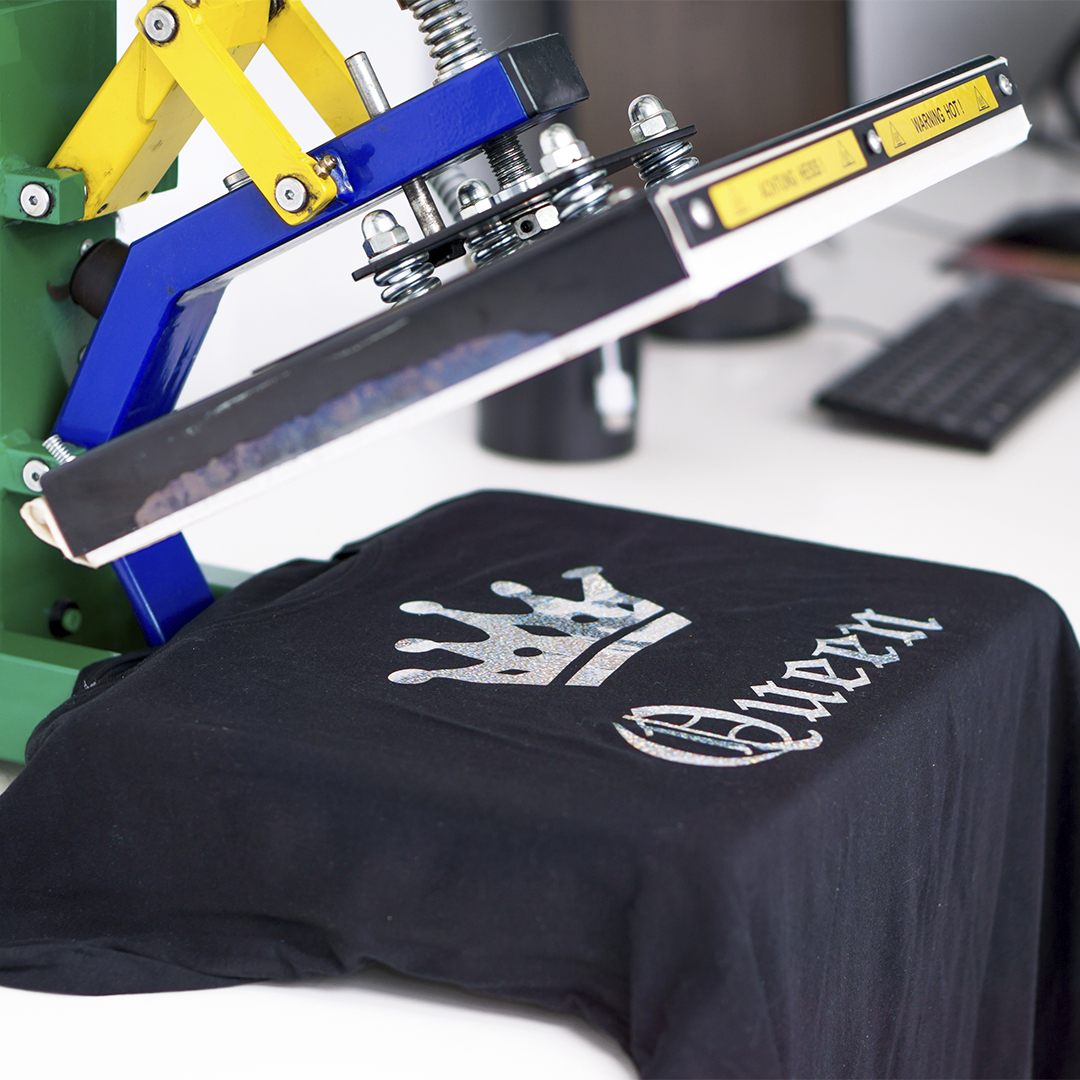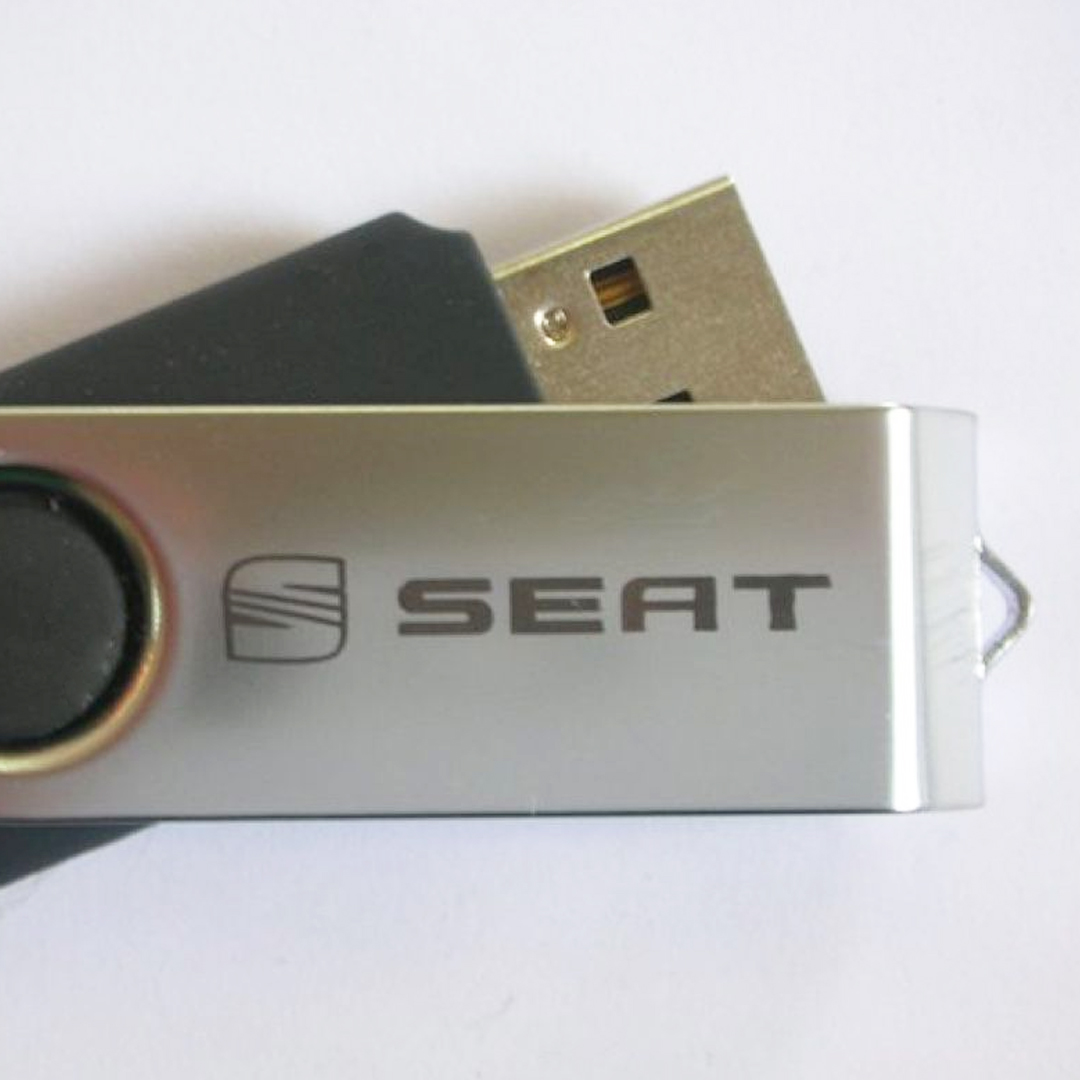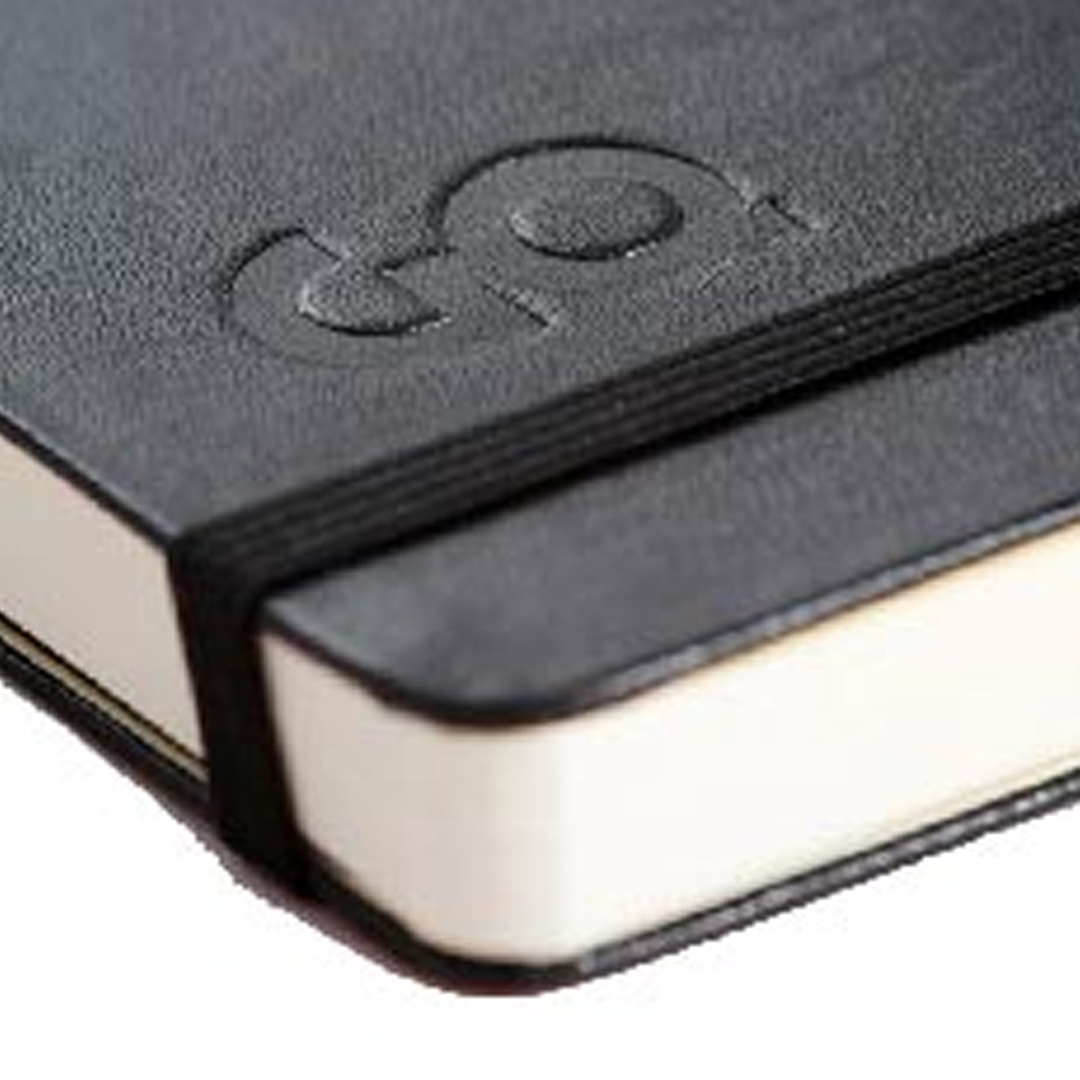Double wall tumbler in recycled stainless steel (90% recycled stainless steel and 10% stainless steel) with removable PU leather sleeve. Lid with sliding sip hole. Leak-free. Capacity: 350 ml.
Size:
Ø8.5X12.5CM
Composition: Recycled Stainless Steel
Weight: 233 grams
Box measurements: 29.5 x 29 x 48 (cm)
Screen Printing
Screen printing is one of the most widely used techniques, allowing printing of up to six spot colors depending on the product and providing long-lasting and reliable results. This technique is applied to smooth surfaces, achieving high-resolution images. Screen printing involves transferring the design to a screen (polyester or nylon mesh) coated with a photosensitive layer that reacts with ultraviolet light. This light hardens the areas not to be printed, allowing the design to bleed through. This technique is often used on textiles, plastics, wood, or aluminum items such as T-shirts, bags, jerry cans, notepads, backpacks, and caps.
Silkscreen transfer
Silkscreen transfer is a technique similar to silkscreen printing. The difference is that instead of transferring the ink directly onto the product, it is first printed on transfer paper. This transfer paper is then applied to the product using a heat press. The advantage of this technique is that it supports four-color printing (screen printing only allows for spot colors) and achieves highly uniform results. It is suitable for small quantities of textile products. It is often used for gifts such as document holders, backpacks, non-woven bags, cork products, and soccer balls.
Laser engraving
Laser engraving is one of the most precise and durable marking techniques available. A computer-guided laser beam is projected onto the surface of the product, creating a low-relief design. The result is sharp and elegant. The most suitable materials for this customization technique are metal, wood, or glass. This technique is commonly used on keychains, pens, and USB flash drives.
Hot Stamping
Heat embossing is a technique that involves marking a logo or text in bas-relief. The design is inverted on metal and reproduced using a heat press on leather, leatherette, and some plastic products. This technique combines pressure with temperature and time. Ink is not allowed, but a metallic color can be applied to the mold, giving the product its unique character. The most commonly used color is silver. The finishes are defined and very elegant, which is why it is often used on promotional products such as diaries, folders, notepads, and wallets.











